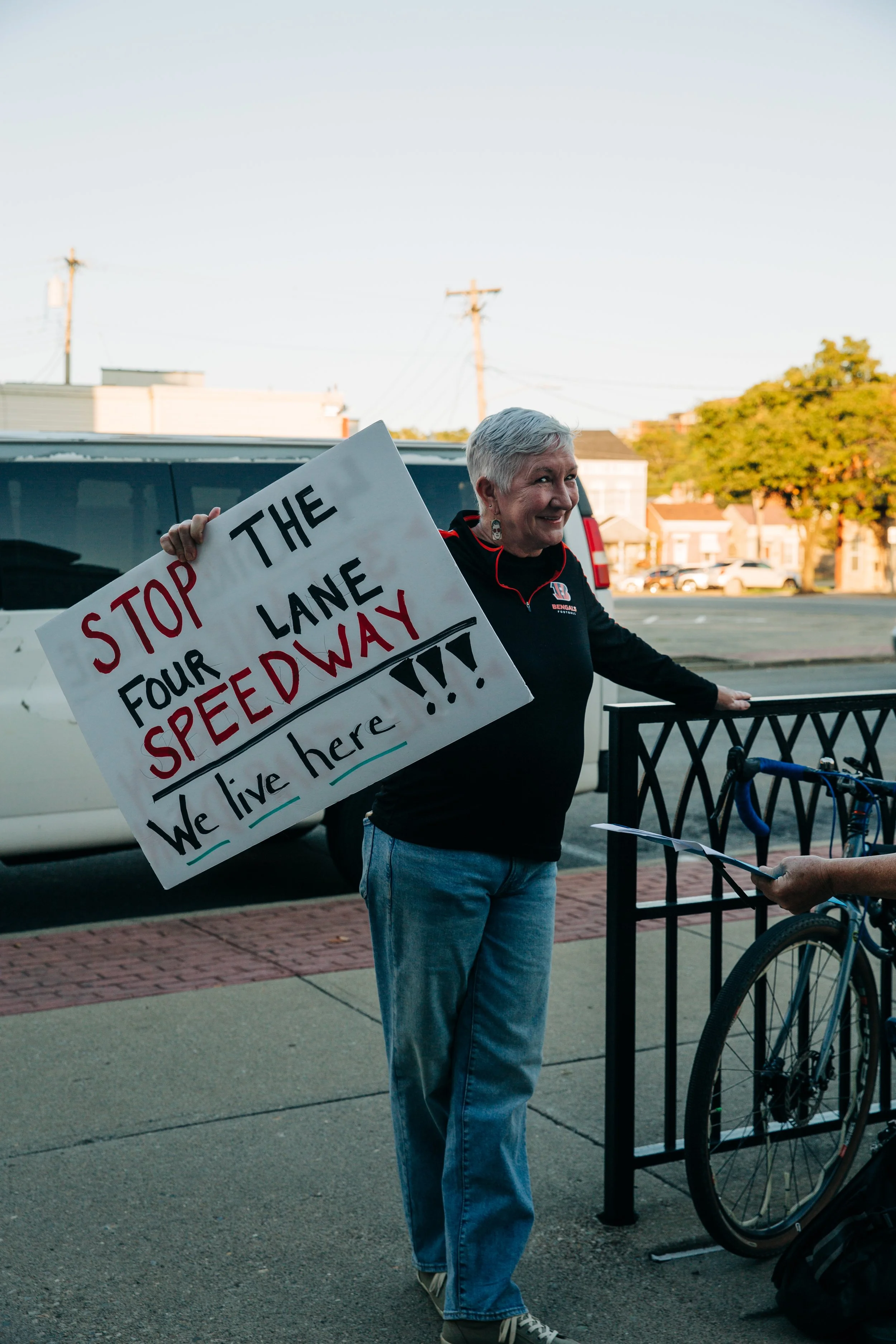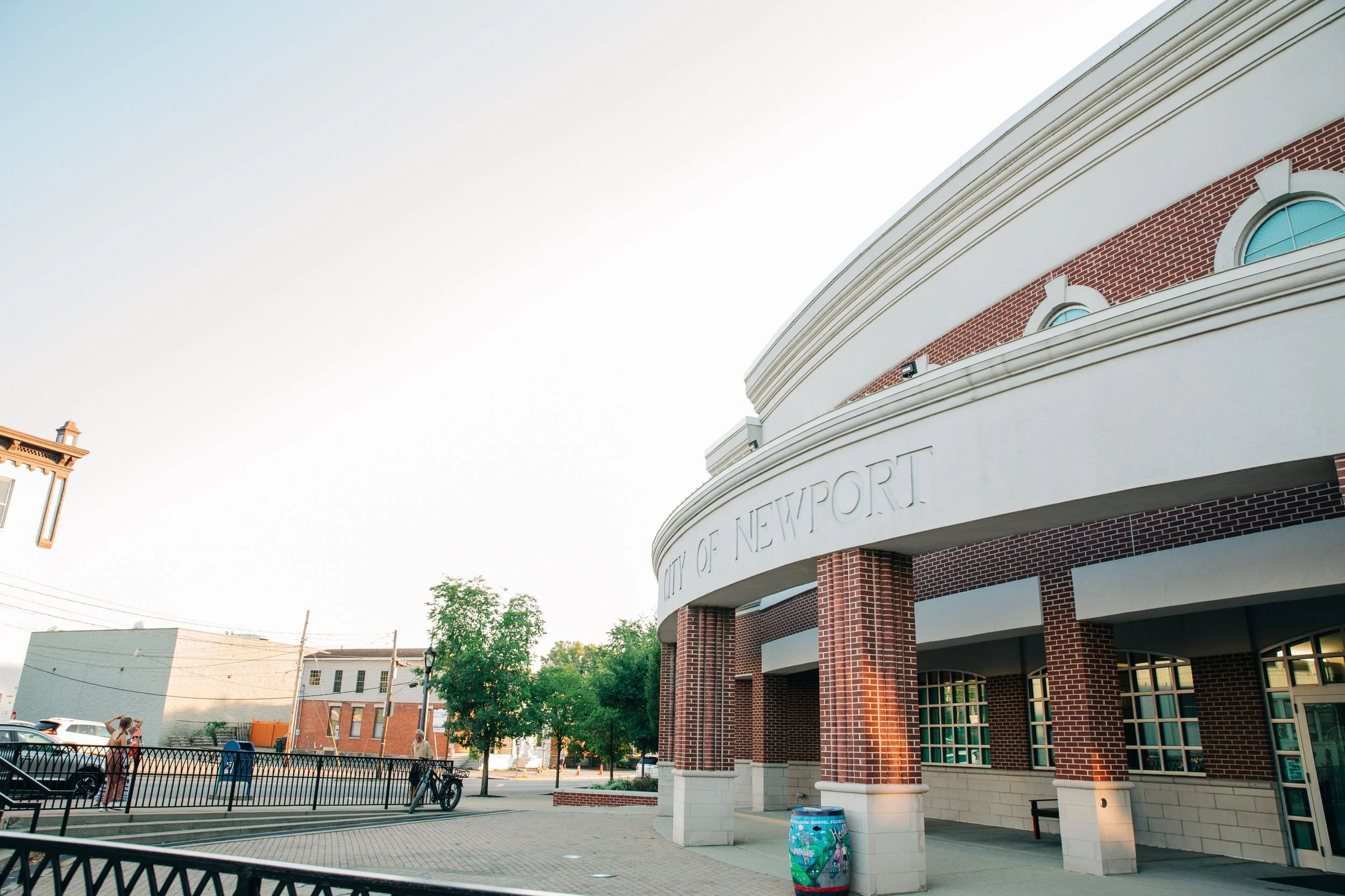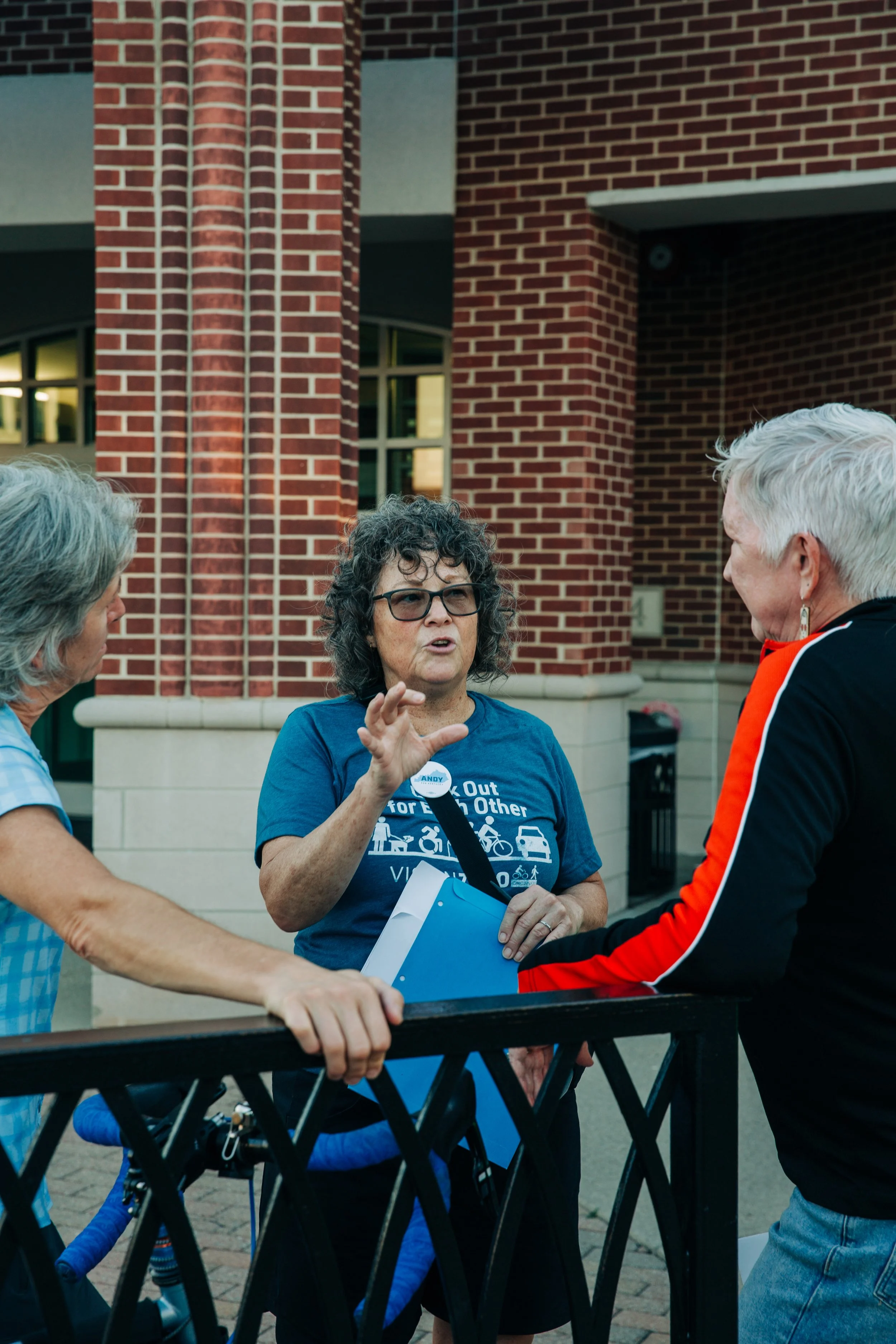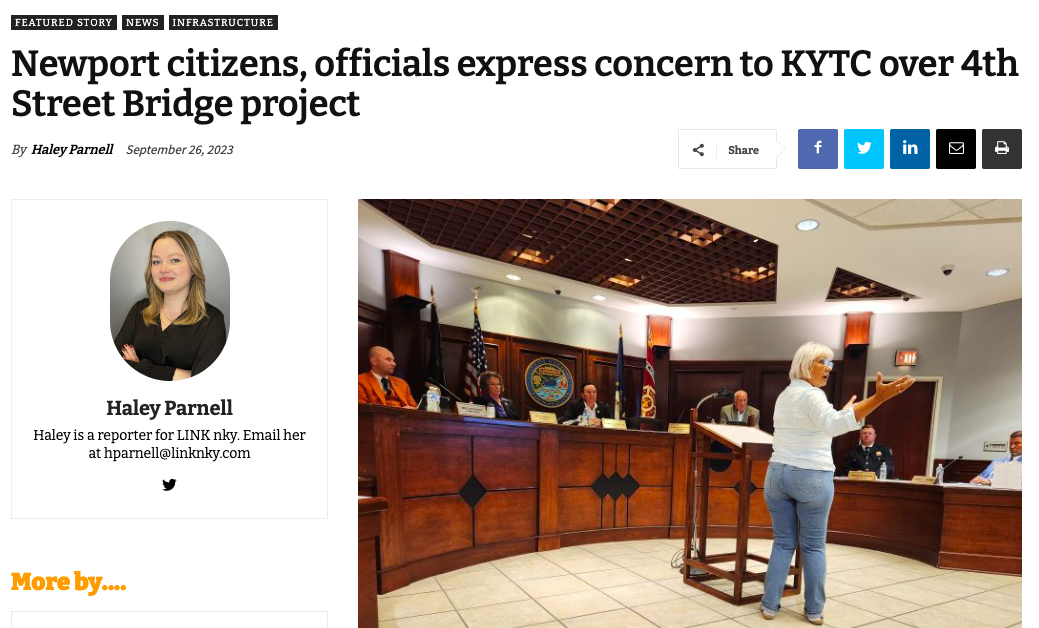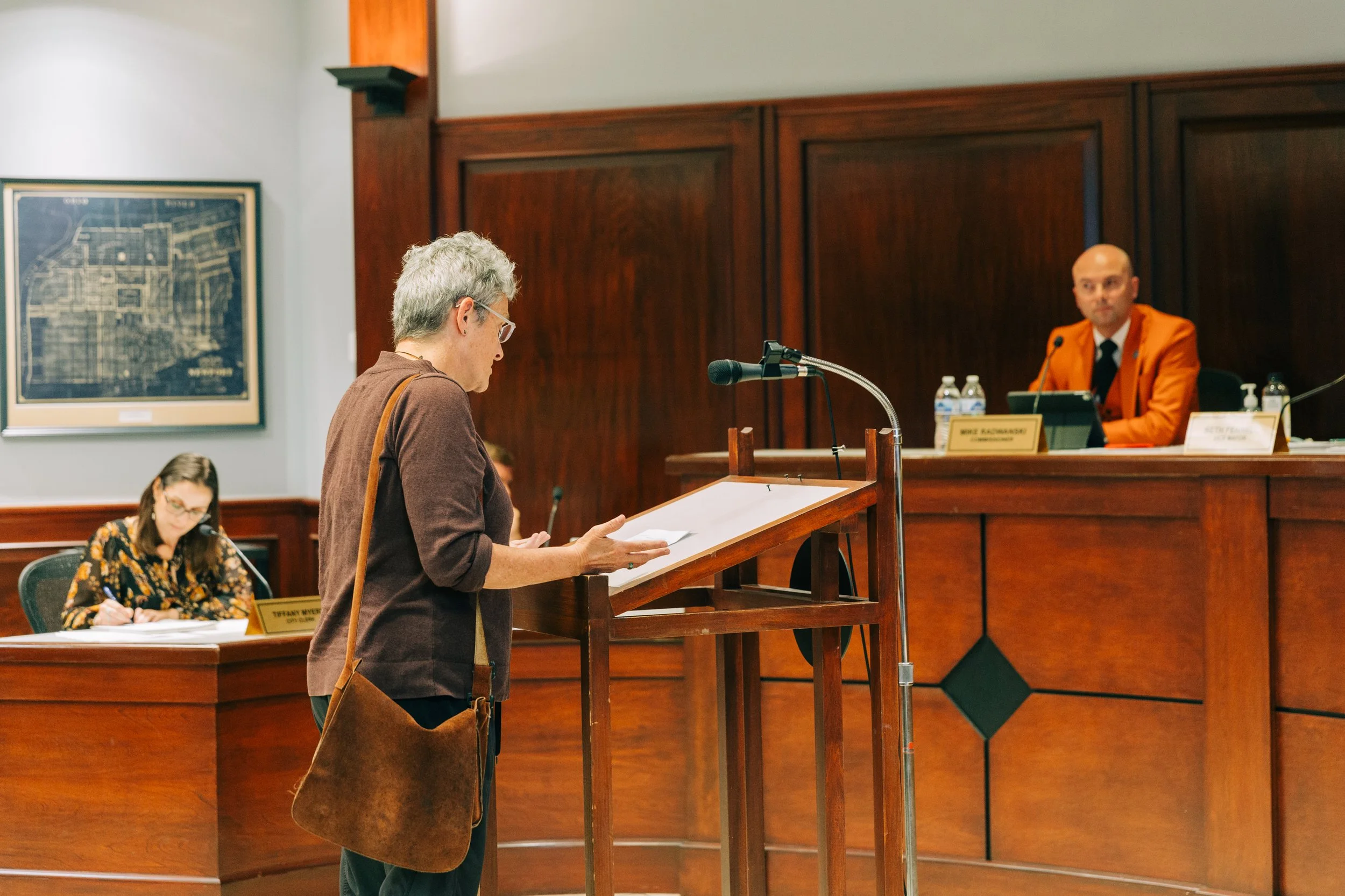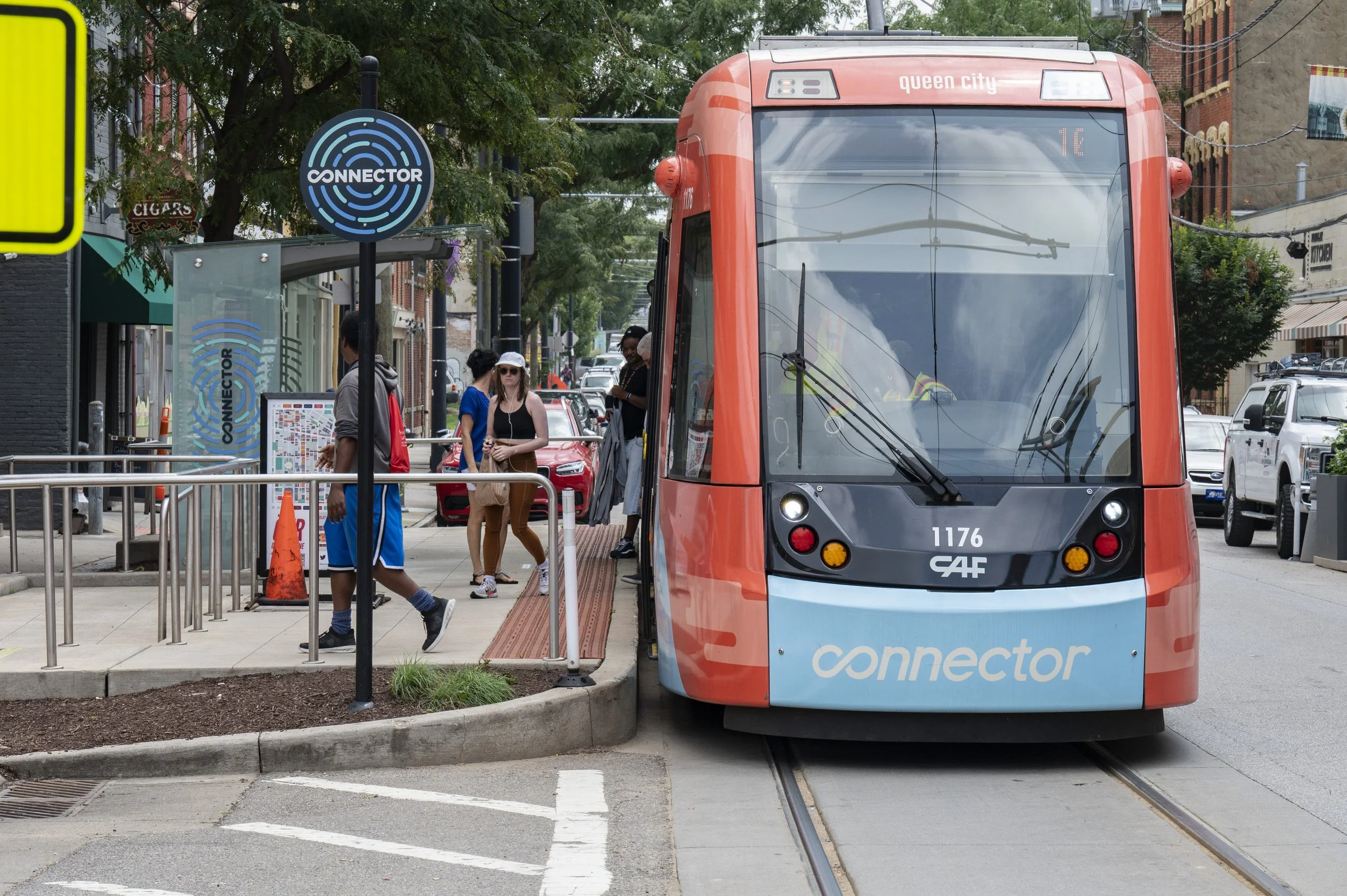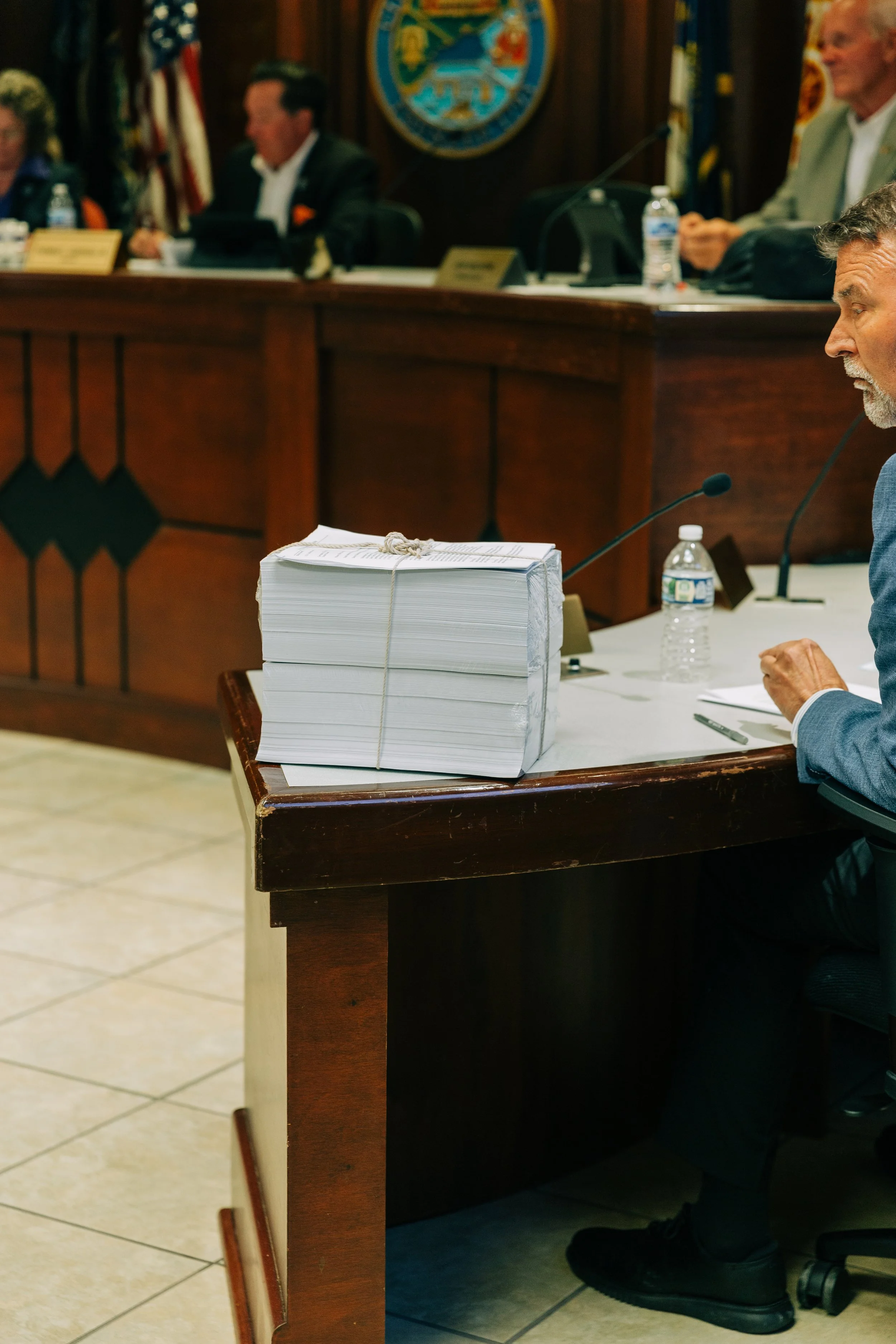What does the future hold for the 4th Street Bridge replacement?
The vision of KYTC and the vision of residents and elected officials are difficult to reconcile
The 4th Street Bridge replacement has sparked a lot of conversation about what the future, specifically, the next 50+ year life span of the bridge replacement holds.
Does the future include streetcars? What does safety for pedestrians and cyclists look like not just over the water, but at both ends of the bridge?
What does building a bridge for the community it serves look like? Where does a continued emphasis on concrete, car-centric cities, over-built designs, and increased air pollution leave our most vulnerable neighbors?
Support for Reimagining the Fourth Street Bridge
The September 25th Newport Commission Meeting began with KYTC’s Corey Wilson and Mike Bezold presenting designs for the 4th Street Bridge replacement. Following the initial presentation, Newport Mayor Tom Guidugli Jr. shared,
“Well, this has been quite a journey so far. I know you guys have worked hard for input sessions and you’ve continued to touch base with the community at every turn, but sometimes maybe you don’t hear directly what we’re hearing. I wanted to take a minute because we have a lot of people here tonight and a lot of them have written us letters. Many of them I see in this room, so I’d just like to take a minute [to] read to you the feedback that we’re getting.
This is kind of the consistent form letter but people have amended [it] here and there. I wanted to go through it just to make sure you guys heard it, and it echoes what we’re hearing. I know you’re doing work and you’re doing input sessions and you may have answers for a lot of these things, but I just wanted to pose the questions as we’re going to hear them probably later tonight as well.”
Mayor Guidugli Jr. then read the Reimagine the Fourth Street Bridge for the KY-8 Community petition, which emphasizes the need for:
1) a safe, 3-lane bridge that’s 2) streetcar ready 3) & complete teardown/rebuild
“So I think all of us are getting these letters, and it’s been a great campaign. All of you are here tonight because you care, and we appreciate you being here. And as we’ve been on this journey, it’s been together, and a lot of the things in here have already been achieved. But the things that haven’t, can you speak to the four-lane design versus a two-lane design or a three-lane design at some level?”
KYTC then shared their plans and continued to reiterate a four-lane design.
Discussion continued with Newport and KYTC officials over access, connectivity, equity, the aesthetics committee, cost estimates, and rail.
In particular, Mayor Tom Guidugli Jr. asked Vice Mayor Beth Fennell about OKI’s sentiments on having light rail, sharing that it seems like the streetcar is coming.
“I think they’re supportive. They’ve studied it several times.”
Vice Mayor Fennell continued, “[Cincinnati is] looking at expansion, and all of the other successful streetcar systems in the US eventually expanded. It would make a lot of sense for them to expand. Now will they expand to Kentucky? I hope so.”
“I think [Cincinnati has] made a lot of changes that have made their system more successful, which then makes the possibility that it’ll expand more successful, but we have to keep pushing the ball forward. We have to keep advocating for it.”
You can watch the meeting in full here and read LINK nky’s coverage here.
For KYTC, public input doesn’t factor
Notably, when Newport Commissioner Ken Rechtin asked if KYTC tabulated public input from the many comments they’ve received, KYTC said that while their public information officer keeps a comment log, when it comes to the public three-lane versus four-lane debate, the public debate has, “no bearing on it at all.”
During public comment, daily bridge user Susan Gray shared, “I actually heard with my ears KYTC say that public comment basically doesn’t factor. They actually said that. How offensive. How offensive, we live here. We love living here. We live here because we love the neighborhood and you come to this meeting and actually say that public comment doesn’t factor.”
Still, residents Jim Guthrie and Mary Leonard thanked Newport officials for their receptivity and focused on long-term planning and pedestrian and cyclist safety.
Newport Resident Jim Guthrie during public comment
A Safe, Walkable Environment is Key
Jim Guthrie has lived in Newport for over 30 years. Guthrie began his comment by thanking Newport officials and sharing,
“Full disclosure, [I’m also] Principal of Hub+Weber Architects which kind of stirred the pot a little bit. I want to thank KYTC for listening as much as they have, I feel like the needle has moved and some of the discussion is starting to get into the design. I also want to thank the commissioners for their willingness to consider public input because it’s not the same on both sides of the river and I’m really excited to be a resident of Newport for this reason, to have these public forums.”
Guthrie continued, “As many people have said, consider the pedestrian environment. If you look at the existing bridge now, regardless of the width of the sidewalk, walking on [it] isn’t pleasant, so I encourage the design to focus on not only the width of the lanes but also the environment the pedestrians are walking through. Walkability is very important and ultimately will reduce the traffic at urban cores. That’s why people move to urban cores: to be able to walk from place to place. I feel that even with the new developments, I foresee a lot of people moving to Newport with Ovation because they can walk main streets, because they can walk to Monmouth and Newport.”
In closing, Guthrie shared that he supports three lanes and, “50 years designed without streetcars is not a 50-year design; it’s short-sighted. Thank you.”
Newport resident Mary Leonard during public comment
Everyone is reducing, shouldn’t we?
Advocate and Newport resident Mary Leonard thanked Newport officials for representing residents and thanked KYTC for the improvements so far on the design of the bridge.
“I know that you’re now taking into consideration pedestrians and cyclists, that’s important. I think it’s better; I don’t think it’s there yet.”
In the discussion around three lanes, Leonard talked about the conversations happening with transportation engineers in Cincinnati and the trends in reducing the width of bridges and roads.
“We have a lot of problems in the entire area. The roads are very wide, the roads are very dangerous. There are a lot of accidents and a lot of crashes. A lot of people are getting hit by cars.”
Leonard continued, “In Cincinnati, they’re reducing. They’re reducing Central Parkway, they’re adding Refuge Islands, they’re reducing the width of things. That’s a national trend. That’s happening everywhere, and we should be doing the same, right?’
“As you’ve mentioned, traffic calming. A lot of things that have been brought up [by the public and by elected officials], KYTC has essentially said, ‘Can’t be done’. And they said, ‘Well the numbers show this’, but they haven’t shown us any numbers, so that’s not consistent with what I’m hearing nationally, in Cincinnati, and in other places. If those things are true, where are the numbers?”
Momentum is building for the streetcar
“We don’t know when we’re gonna have a street car—there’s a lot of momentum building to have a streetcar, we should be ready for it. If we have a sacrificial slab, which is essentially a hole in the roadway with tracks inserted, it’s much more cost efficient and effective in the future to simply remove that so that we can have a streetcar.
There is, as I [said] already, a lot of momentum for having a streetcar in Cincinnati. The Bell connector has been breaking records, right? The ridership has greatly increased, so I have some numbers here:
According to their website: in Cincinnati in May 2023, the ridership increased nearly 26%, for a record 102,189 passengers. Compared with a previous best the year before of 81,000 passengers. Each month in 2023 has beat the previous record. People want streetcars. People in Newport also want streetcars. I’ve asked people, is there support for streetcars in Newport? And people say absolutely.”
Leonard continued by focusing on the importance of connectivity and again asking KYTC to show their work as they make claims that will impact Newport, Covington, and the wider community for the next 50+ years.
advocate Gina Estes during public comment
Whose vision is considered?
In the midst of all of the talk of planning for the future, advocate Gina Estes shared,
“We do know what the future holds: jurisdictions all across the country are going on road diets, and the most typical road diet is four lanes to three lanes.”
Estes continued by emphasizing that all existing traffic data shows only three lanes are needed.
The question remains: whose vision of the future 4th Street Bridge will be considered?
Community petition signatures for a safe, 3-lane 4th Street Bridge being hand-delivered to Newport officials
Ken Rechtin has written an open letter to KYTC sharing concerns and emphasizing the importance of actually considering citizen group feedback. You can read the letter in full here.
Stay Tuned For Action Steps Later This Week!
Photography for the above 9/25 Newport Commission Meeting photos by Rebecca Redding

